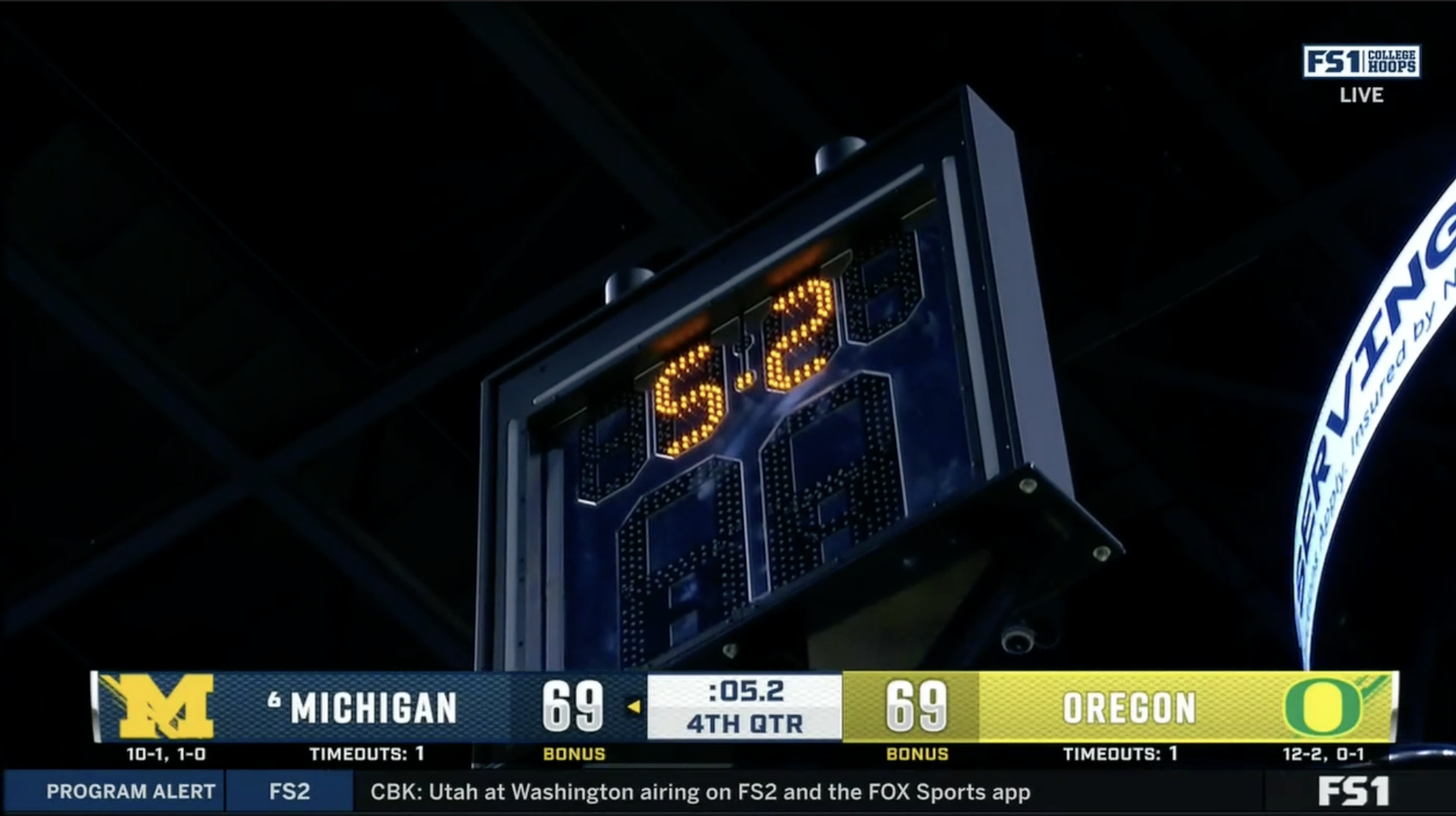The Space Shuttle drips romance. Representing nearly a half-century of human spaceflight—from its conception in 1968, even before the Moon landing, until its retirement in 2011—its design and even its name capture a hope that space travel would one day be commonplace. That before long, the first step to heading to the Moon or Mars would be as workaday as boarding a shuttle for a quick jaunt to low Earth orbit. It proved a beautiful, flawed achievement: Two traumatic catastrophes showed early safety analyses were overgenerous, but the Shuttle did provide the freight and manpower for the first tentative steps toward a permanent spacefaring presence, and all the science that came with it. The craft themselves are retrofuturist works of art: gleaming white above, reverse countershaded beneath, all swooping curves and aerodynamic lines. A stately relic of space-age optimism.
It's no wonder, upon the program's retirement, that everyone wanted a Shuttle. Twenty-one museums and institutions vied for the right to house one of the four surviving craft. NASA made its selections based on applicants' historical significance and plans to preserve and display the Shuttles, and in 2011 the winners were announced. The Intrepid Museum in New York received Enterprise; Kennedy Space Center in Florida got Atlantis; the California Science Center obtained Endeavour; and the Steven F. Udvar-Hazy Center, an annex of the Smithsonian National Air and Space Museum in Fairfax County, Va., received Discovery.
Many of the cities not selected cried foul, none louder than Houston, home of the Johnson Space Center, which has been "Mission Control" for every single NASA human spaceflight since the Gemini Program. They surely had a beef—I remember being shocked and feeling like New York had somehow gotten away with something when it was picked over Houston—but their efforts to be selected were reportedly kind of half-assed. Still, Texas has never forgotten the snub, and bided its time until the political power to redress it landed in the hands of someone venal and petty enough to exercise it.
Someone like Donald Trump. The "One Big Beautiful Bill," signed into law on July 4, addresses the old grudge deep, deep within its 900-odd pages. The bill authorizes $85 million to be spent on moving Discovery from Virginia to Texas. It is pork barrel legislation adopted directly from and functionally enacting the "Bring the Space Shuttle Home Act" introduced earlier this year by Senators John Cornyn and Ted Cruz.
Rather than settling the vehicle's fate, however, this is just kicking off a nasty battle between the states, and between the Smithsonian and the federal government. The relocation is far from assured, for a number of reasons:
• To get around Senate restrictions on reconciliation bills, the final wording is notably vague. It does not mention Discovery specifically, or even Johnson Space Center, but rather calls for a "space vehicle" to be transferred to a NASA center "involved in the administration of the Commercial Crew Program." One can easily imagine ways to satisfy the letter of the law but not the spirit.
• The $85 million allotted by the bill is not nearly enough to move Discovery. The two specially built Boeing 747s designed to transport the Shuttle have been retired. It'd be extremely expensive to either take them out of mothballs, or to move the Shuttle overland—the Smithsonian estimates $300 million for the latter option.
• The government doesn't actually own Discovery. The Smithsonian Institutions do, and they have (limited) independence from the government, and their institutional holdings are not government property. "The space shuttle Discovery is not on loan to the Smithsonian from NASA," said a letter the Smithsonian sent to Congress. "Ownership was transferred to the Smithsonian’s National Air and Space Museum."
Complicating that is the fact that two-thirds of the Smithsonian's funding comes from government appropriations; it's easy to imagine Trump threatening to pull funding to get his way, just as he has successfully extorted a number of universities. This sets up potential legal and legislative fights to come.
It's all so very stupid, to waste time and money on a totally unnecessary fight pitting states and government institutions against each other, just to help some assholes settle an old score. It doesn't help anybody. It doesn't serve the public. It sure as hell isn't being done on behalf of NASA, which is set to lose $6 billion in funding thanks to the very same bill. I did not, before this, have particularly strong feelings about where Discovery or any Space Shuttle was displayed. Now I hope they're temporarily moved in order to be shoved up Ted Cruz's ass before being returned right where they are.







